How to Choose the Best Portable Ramp: Expert Advice and Recommendations
Finding the right portable ramp can be a challenging task. With so many options available, determining the correct length, weight capacity, and material can feel overwhelming. We understand how important it is to choose the right ramp to ensure safety and accessibility. This blog aims to guide you through the process of selecting the best portable ramp for your needs, covering essential factors like weight capacity, length, material, and safety features. If you have any additional questions or need further assistance, our Reliable Team is here to help at 888-307-1839. By the end of this guide, you’ll have the knowledge to choose the perfect ramp to improve your mobility and accessibility.
Table of Contents
- Section 1: What Are Portable Ramps and Why Do You Need One?
- Single Folding Ramps
- Multi Folding Ramps
- Telescoping Ramps
- Vehicle Ramps
- Solid Ramps
- Adjustable Ramps
- Threshold Ramps
- Section 2: How Much Weight Does Your Ramp Need to Support?
- Section 3: How Do You Calculate the Right Length for Your Ramp?
- Section 4: What Length and Slope Do You Need for Your Ramp?
- Section 5: Which Material Is Best for Your Portable Ramp?
- Section 6: Do You Need a Ramp That's Easy to Transport and Store?
- Section 7: What Safety Features Should You Look For?
- Section 8: How Will You Use and Maintain Your Portable Ramp?
- Section 9: Accessibility Grants and Financial Assistance Programs
- Section 10: Community Resources and Support Networks
Section 1: What Are Portable Ramps and Why Do You Need One?
Portable Ramps are essential tools that provide access and mobility for individuals with disabilities or mobility challenges. These ramps offer a practical solution for overcoming obstacles such as steps, curbs, and raised thresholds. By creating a smooth transition from one level to another, portable ramps enhance independence and ease of movement in various environments.
There are several types of portable ramps, each designed for specific uses:
1. Single Folding Ramps
These portable wheelchair ramps are designed for easy transportation and storage, making them ideal for both occasional use and travel. Their lightweight construction allows you to fold and carry them with ease, ensuring convenience wherever you go. The single fold design simplifies setup and takedown, providing a reliable solution for temporary access. Whether you need a compact ramp for occasional use or a portable option for travel, these ramps offer the perfect balance of portability and functionality.
American Access - Sidekick Portable Aluminum Folding Wheelchair Van Ramp
Convenient, lightweight, and stable – ideal for easy access.
The American Access Sidekick Portable Folding Wheelchair Ramp features a bi-fold design for easy transportation and storage, making it perfect for both home use and travel. Its comfortable nylon carry handle ensures convenience when moving it. Constructed from durable aluminum and equipped with stainless steel hinge hardware, this ramp is built to withstand harsh conditions without rusting. The non-skid surface provides superior traction in any weather, ensuring safe usage. Available in lengths from 2' to 6', the Sidekick Ramp is ideal for wheelchairs, scooters, walkers, canes, and crutches, with an 800 lb. weight capacity.
10 /10
Customer Score
2. Multi Folding Ramps
These portable multi-fold wheelchair ramps offer greater length and support, making them ideal for versatile use. Designed to fold multiple times, they ensure compact storage and easy portability. Their lightweight construction allows for effortless carrying and setup, providing a reliable solution for various accessibility needs. Whether you need a ramp for occasional use or frequent travel, these ramps deliver the perfect balance of extended reach and convenient portability.
PVI - Aluminum Multi-Fold Portable Wheelchair Ramp
Versatile, portable, and durable – perfect for all your mobility needs.
The PVI Aluminum Multi-Fold Portable Wheelchair Ramp accommodates most mobility equipment, with a wide 30" ramp and an 800 lb. weight capacity. Its lightweight aluminum construction and folding system allow for easy storage and transport, folding up like a suitcase. The anti-slip, high traction surface ensures safe usage in all weather conditions, and the easy pin system allows for quick setup and secure locking. Built with durable welded aluminum, this ramp requires no maintenance and includes a closure strap to keep the ramp panels secure during transport. This innovative ramp is available in four lengths and separates into two easy-to-carry pieces for added convenience.
10 /10
Customer Score
3. Telescoping Ramps
These portable telescoping wheelchair ramps can be extended or retracted to fit different lengths, offering unparalleled flexibility for various situations. Their lightweight construction ensures easy carrying and setup, making them ideal for both occasional use and travel. The telescoping design allows for quick adjustments to meet your specific accessibility needs. Whether you need a ramp for temporary access or a versatile solution for changing environments, these ramps provide the perfect balance of adaptability and convenience.
Guldmann - Stepless Telescopic EasyFold Wheelchair Van Ramp
Telescoping design for ultimate flexibility and compact storage.
The Guldmann Stepless Telescopic EasyFold Wheelchair Van Ramp offers high safety and durability, capable of handling heavier mobility aids and supporting multiple users at once. Soft end caps provide secure placement and shock absorption during transport, while the comfortable folding handles make it easy to carry. The non-skid aluminum mesh surface ensures safe usage in all weather conditions, with built-in drainage holes to prevent liquid buildup. Constructed from anodized aluminum, this ramp is maintenance-free and built to last, featuring an attractive design and compact storage capabilities. Its telescopic and folding design makes it versatile for various height requirements while saving space during transport and storage.
10 /10
Customer Score
4. Vehicle Ramps
These portable vehicle ramps are specifically designed to help individuals access cars, vans, and other vehicles with ease. Their lightweight construction and folding capability ensure easy transportation and storage, making them perfect for on-the-go use. With a durable design, these ramps provide reliable support for various mobility needs. Whether you need a ramp for occasional travel or frequent vehicle access, these ramps offer the ideal balance of functionality and convenience.

PVI - Aluminum Multi-Fold Rear Door Reach Portable Van Wheelchair Ramp
The perfect ramp for most vehicles with the reach built for a secure fit on the back of the vehicle
The PVI Aluminum Multi-Fold Rear Door Reach Portable Van Wheelchair Ramp is designed for smooth and safe loading, with an extended hook to clear the rear bumper and door seal of vans and SUVs. Its lightweight aluminum construction and suitcase-like folding system make it easy to transport and store. The patented center joint hinge ensures strength and eliminates pinch points for safe setup and takedown. With a 30” wide platform and high-traction surface, this ramp accommodates most wheelchairs and scooters, providing reliable stability in any condition.
10 /10
Customer Score
5. Solid Ramps
These portable solid wheelchair ramps are one-piece, non-folding solutions that provide sturdy and stable support. Ideal for both permanent and portable installations, their durable construction ensures long-lasting reliability. With a simple design, these ramps are easy to set up and maintain. Whether you need a ramp for continuous use at home or a reliable option for different locations, these ramps offer the perfect balance of strength and convenience.
AlumiRamp - Aluminum Threshold Ramp for Wheelchairs
Customizable, durable, and safe – perfect for any threshold.
The AlumiRamp Aluminum Threshold Ramp offers customizable sizes with widths of 30" and 36" and five different lengths, ensuring a perfect fit for any mobility aid. With a high weight capacity of 600 lbs., this ramp can comfortably support multiple users or heavier requirements. Installation is straightforward, with anchor pins providing stability for immediate use. The non-slip surface guarantees safety, preventing slipping in any setting. Built from strong aluminum, the AlumiLite ramp is designed for longevity, requiring little to no maintenance. Ideal for doorways and thresholds from 1" to 5.5" in height, this ramp ensures a smooth transition with its 2" top lip.
10 /10
Customer Score
6. Adjustable Ramps
These portable adjustable wheelchair ramps can be customized to different heights and slopes, providing unmatched versatility for various accessibility needs. Their lightweight construction ensures easy transportation and setup, making them perfect for both occasional use and travel. With simple adjustments, these ramps can accommodate a wide range of mobility requirements. Whether you need a ramp for temporary access or a flexible solution for changing environments, these ramps offer the ideal balance of adaptability and convenience.
PVI - Elev8 Adjustable Solid Threshold Ramp for Wheelchairs
Adjustable, durable, and easy to install – perfect for any doorway.
The PVI Elev8 Adjustable Solid Threshold Ramp is expertly designed for doorways that swing in or out, ensuring it won’t obstruct the door. This ramp can be adjusted to fit thresholds from 1 3/8" to 6", making it versatile for various entryways. Built with durable welded aluminum construction, it promises longevity with minimal maintenance. The slip-resistant grooved aluminum surface provides a secure, smooth ride, accommodating most 2 and 3-wheeled wheelchairs and scooters. Easy to install right out of the box, simply adjust the legs to match your threshold height for a seamless transition.
10 /10
Customer Score
7. Threshold Ramps
These portable threshold ramps are perfect for navigating small steps or doorways, ensuring a seamless entry and exit. Their lightweight construction makes them easy to transport and set up, ideal for both occasional use and travel. Designed for stability and safety, these ramps provide reliable support for various mobility aids. Whether you need a ramp for home use or on-the-go accessibility, these ramps offer the perfect balance of functionality and convenience.
PVI - Aluminum Standard Solid Threshold Ramp for Wheelchairs
Stable, durable, and secure – the perfect ramp for any threshold.
The PVI Aluminum Standard Solid Threshold Ramp features durable welded construction, ensuring long-lasting use with minimal maintenance. With width options of 30" and 36", the full platform provides excellent stability for most wheelchairs and scooters. Its anti-slip, high traction surface guarantees safe passage in wet or unfavorable conditions. This ramp accommodates most 2 and 3-wheeled mobility equipment and comes with a safety DVD and steel security pins for secure setup. Tested at a 3X safety factor, the PVI ramp supports up to 800 lbs., making it one of the safest and most reliable ramps on the market.
10 /10
Customer Score
Each type of ramp serves a unique purpose, catering to the diverse needs of users. Understanding the different types of portable ramps and their applications helps in selecting the right one for your specific needs. Whether you need a ramp for daily use at home, occasional travel, or to access a vehicle, there is a portable ramp designed to meet your requirements.
Section 2: How Much Weight Does Your Ramp Need to Support?
Why checking the ramp’s weight capacity is crucial:
When choosing a portable disabled ramp, it's vital to consider its weight capacity. A ramp that cannot support the combined weight of the user, their mobility device, and any additional items can lead to dangerous situations, such as the ramp collapsing or becoming unstable. Ensuring that your portable handicap ramp meets the necessary weight requirements is crucial for safe and reliable use.
How to determine the appropriate weight capacity for your needs:
- Calculate Combined Weight:
- User Weight: Include the weight of the person who will be using the ramp.
- Mobility Device Weight: This includes wheelchairs, scooters, or walkers. Different devices have different weights, so it's important to know the exact weight of the device.
- Additional Items: Consider the weight of any items that the user might carry, such as bags, groceries, or medical equipment.
- Check Manufacturer Specifications:
- Portable Wheelchair Ramps: Ensure the ramp can handle the combined weight of the user and their device. For example, if you are using a portable wheelchair ramp for stairs, make sure to verify the ramp's weight limit.
- Portable Handicap Ramps for Stairs: These ramps often need to support more weight due to the incline, making it even more important to verify weight capacity.
- Portable Ramp with Rails: Ramps with handrails or edge protection might offer added stability but always confirm their weight limits.
By understanding these aspects and accurately calculating the combined weight, you can choose a portable ramp that ensures safety and meets your needs, whether it's a portable ramp for stairs, a portable ramp for 3 steps, or even a lightweight portable ramp for travel purposes. Typical portable ramps will have a lower end weight capacity around 600 lbs, and upwards of 800 lbs. for bariatric ramps. Be sure to confirm the weight capacity of your ramp before using it.
Section 3: How Do You Calculate the Right Length for Your Ramp?
Why is ramp length important for safety and usability?
Selecting the correct length for your portable disabled ramp is critical for both safety and usability. An appropriately sized portable handicap ramp ensures a manageable incline, reducing the risk of accidents and making it easier for users to navigate. For portable wheelchair ramps, especially those used for stairs, the right length minimizes steepness, providing a gentle slope that enhances stability and confidence for the user.
How to measure and calculate the appropriate ramp length for your needs:
- Measure the Vertical Rise:
- Determine the height from the ground to the top of the surface the ramp will reach. This measurement is crucial for calculating the length of your portable ramp for stairs or steps.
- Use the Slope Ratio:
- 1:12 Ratio for Wheelchairs: This standard recommendation implies that for every inch of vertical rise, you need one foot of ramp length. This ensures a safe and manageable slope for wheelchair users.
- 1:8 Ratio for Scooters: Scooters might handle a steeper incline, so for every inch of vertical rise, you might use eight inches of ramp length.
- Be sure to check out our blog, How To Measure your Modular Ramp, for a more in depth look at how to measure for any Wheelchair Ramp.
- Calculate the Ramp Length:
- Example Calculation: If you need a portable wheelchair ramp for 3 steps, and each step is 7 inches high, the total rise is 21 inches. Using the 1:12 ratio, the ramp should be 21 feet long to ensure safety and usability.
Understanding the impact of slope on ramp length:
A gentler slope (longer ramp) is safer and easier to use, especially for portable wheelchair ramps for stairs or steps. Conversely, a steeper slope can be challenging and potentially hazardous. It's crucial to balance ramp length with available space and user capabilities. For example, a portable aluminum handicap ramp for homes may require a longer length to achieve a safe slope, while a lightweight portable wheelchair ramp might be shorter for portability but must still adhere to safety guidelines.
Section 4: What Length and Slope Do You Need for Your Ramp?
How does ramp length affect usability and safety?
The length of a portable ramp significantly influences its usability and safety. A longer portable wheelchair ramp provides a gentler incline, which is easier and safer to navigate. For portable handicap ramps for stairs, having the correct length ensures that the user can ascend or descend without excessive effort or risk. Conversely, a ramp that is too short will be steeper, potentially dangerous, and difficult to use.
How to calculate the appropriate slope for your situation:
- Determine the Total Vertical Rise: Measure the height from the ground to the highest point the ramp will reach.
- Apply the Recommended Slope Ratios:
- For wheelchair users, a 1:12 slope ratio is generally recommended (1 foot of ramp for every inch of rise).
- For scooters, a slightly steeper 1:8 ratio may be acceptable.
- Calculate the Ramp Length:
- For example, if you need a portable ramp for 4 steps, and each step is 6 inches high, the total rise is 24 inches. Using a 1:12 ratio, you need a 24-foot ramp for safe use.
Example Calculation:
- Total rise: 24 inches (for 4 steps)
- Recommended ramp length: 24 feet (using 1:12 ratio)
Section 5: Which Material Is Best for Your Portable Ramp?
Do you need a lightweight, durable, or weather-resistant ramp?
The material of your portable ramp will affect its weight, durability, and resistance to weather conditions. Choosing the right material is essential depending on your specific needs, such as portability and intended use.
Comparing different materials and their pros and cons:
- Pros: Lightweight, durable, rust-resistant, suitable for outdoor use.
- Cons: Can be more expensive than other materials.
- Ideal for: Portable aluminum wheelchair ramps, especially for those frequently transported or used outdoors.
- Pros: Heavy, stable, excellent non-slip surface.
- Cons: Less portable due to weight, not suitable for long ramps.
- Ideal for: Small threshold ramps, portable handicap ramps for homes.
- Pros: Strong, lightweight.
- Cons: Often more expensive, may not withstand extreme weather conditions.
- Ideal for: Versatile use where weight and strength are priorities.
Section 6: Do You Need a Ramp That's Easy to Transport and Store?
Are you planning to take the ramp with you in the car, or will it stay in the garage?
Your mobility needs will determine the ramp's portability requirements. For instance, a lightweight portable wheelchair ramp is ideal for travel, while a heavier, more durable ramp may be better suited for permanent home use.
Features that enhance portability and storage considerations:
- Handles: Ensure the ramp can be easily carried.
- Foldability: Look for ramps that fold compactly, making them easier to store and transport.
- Lightweight Design: Consider aluminum ramps, which are light and easy to handle.
Section 7: What Safety Features Should You Look For?
Why is a non-slip surface important for safety?
A non-slip surface is crucial for ensuring the safety of those using a portable disabled ramp. This feature prevents slips and falls, especially in wet or icy conditions, which can be particularly hazardous for individuals with mobility challenges. A non-slip surface provides the necessary traction to keep both the user and the mobility device secure.
What kind of edge protection and stability features do you need?
- Raised Edges: Raised edges or side rails on a portable wheelchair ramp prevent wheels from slipping off the sides, adding an extra layer of safety. These are particularly useful for portable wheelchair ramps for stairs and steps, where the risk of a wheel going over the edge is higher.
- Secure Locking Mechanisms: Look for ramps with secure locking mechanisms that ensure the ramp stays in place during use. This is essential for maintaining stability, especially when the ramp is used on uneven surfaces or outdoors.
- Handrails: Portable handicap ramps with handrails provide additional support and stability, helping users maintain balance. Handrails are particularly beneficial for elderly users or those with limited upper body strength.
- Wide Platform: A wider ramp provides more room for maneuvering, reducing the risk of accidental falls. This is especially important for larger mobility devices.
Section 8: How Will You Use and Maintain Your Portable Ramp?
What’s the proper way to place and set up your ramp?
- Secure Placement: Ensure that the ramp is placed on a stable and even surface. For portable aluminum wheelchair ramps, make sure the bottom rests securely on the ground and the top lip is firmly against the elevated surface.
- Correct Angle: Adjust the ramp to the appropriate angle based on its length and the height it needs to cover. A gentler slope is safer and easier to navigate.
How can you maintain and care for your ramp to extend its lifespan?
- Regular Inspections: Regularly inspect your portable ramp for signs of wear and tear, such as cracks, bends, or corrosion. Address any issues immediately to prevent accidents.
- Cleaning: Keep the ramp clean by removing dirt, leaves, and other debris. For portable aluminum handicap ramps, use a mild detergent and water to clean the surface. Avoid using harsh chemicals that could damage the material.
- Proper Storage: Store your ramp in a dry, sheltered place to protect it from the elements. Folding ramps should be stored in their compact form to save space and protect them from damage.
Section 9: Accessibility Grants and Financial Assistance Programs
What financial assistance is available for purchasing portable ramps?
Various grants and financial assistance programs can help cover the cost of portable ramps. These programs aim to make accessibility solutions more affordable for individuals with mobility challenges.
How to apply for grants or funding:
- Research Local and National Programs: Look for government programs, nonprofit organizations, and community groups that offer financial aid. Some notable programs include the Americans with Disabilities Act (ADA) grants and local disability services organizations.
- Gather Necessary Documentation: Prepare documents such as medical records, proof of income, and any other documentation that proves your need for financial assistance.
- Follow Application Procedures: Each program will have specific application procedures. Follow the guidelines carefully and submit all required documents on time to increase your chances of receiving funding.
Section 10: Community Resources and Support Networks
Are there local or online communities that offer support and advice on portable ramps?
Connecting with local or online communities can provide valuable support, advice, and shared experiences related to portable ramps and accessibility. These networks can offer practical insights and recommendations based on real-life usage.
How to connect with others who have similar accessibility needs:
- Join Forums and Support Groups: Participate in online forums and social media groups dedicated to mobility and accessibility issues. Websites like Reddit, Facebook, and specialized forums can be excellent resources.
- Attend Local Events and Workshops: Many communities offer events, workshops, and meetups for individuals with disabilities and their caregivers. These events provide opportunities to learn, network, and gain practical advice.
Conclusion
In conclusion, selecting the right portable ramp involves careful consideration of various factors, including weight capacity, ramp length, material, portability, safety features, and maintenance. By thoroughly evaluating these aspects and utilizing available resources and financial assistance programs, you can choose a ramp that best meets your needs and enhances your mobility.
Let Us Know What You Think!
Your thoughts and questions are incredibly valuable to us, and we'd love to hear from you. If you have additional insights to share, your comments can spark meaningful discussions and enhance the collective knowledge of our community. Don't hesitate to ask any questions you may have; our team is here to provide answers and engage with you. So, please, take a moment to leave a comment or question below. Your input is much appreciated!



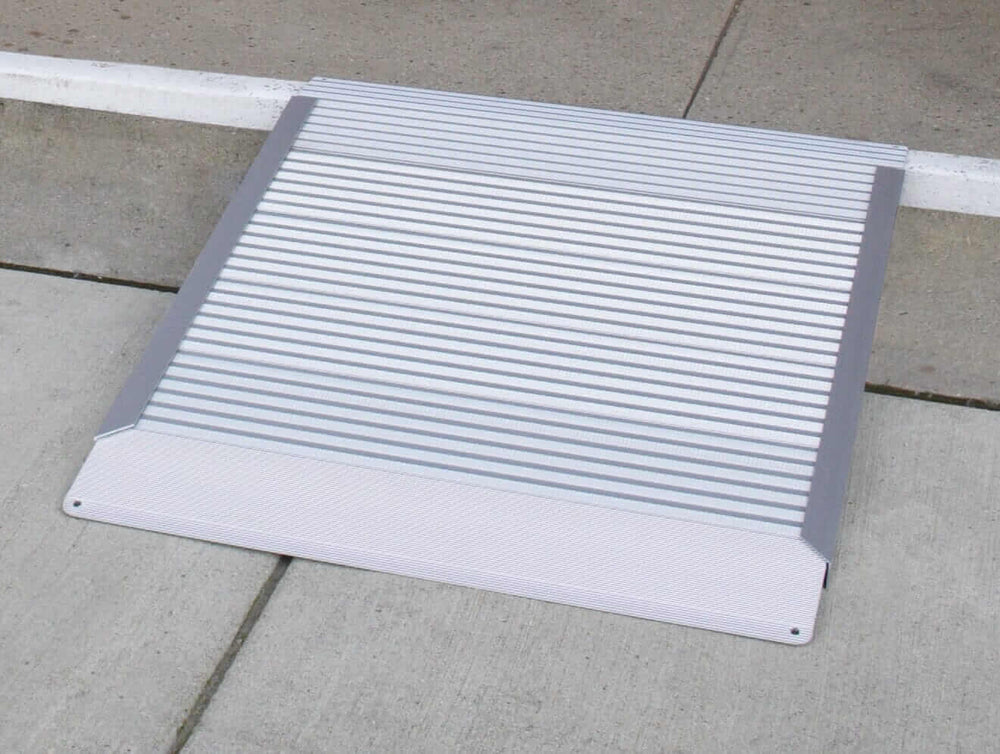
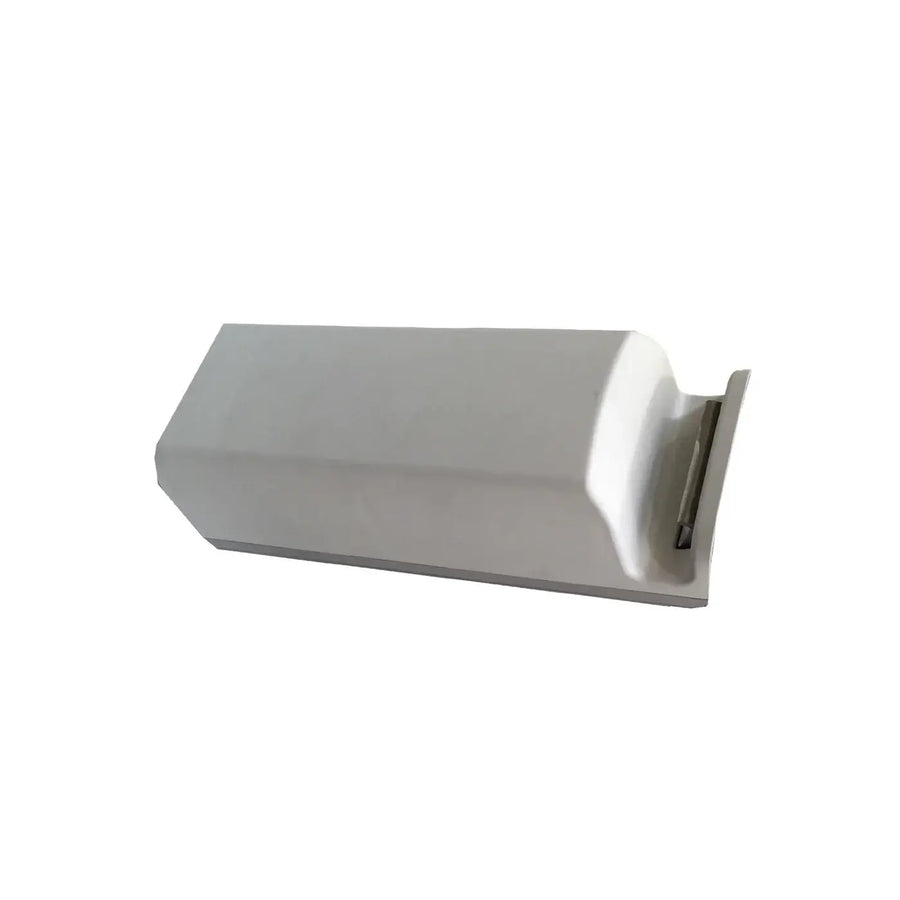
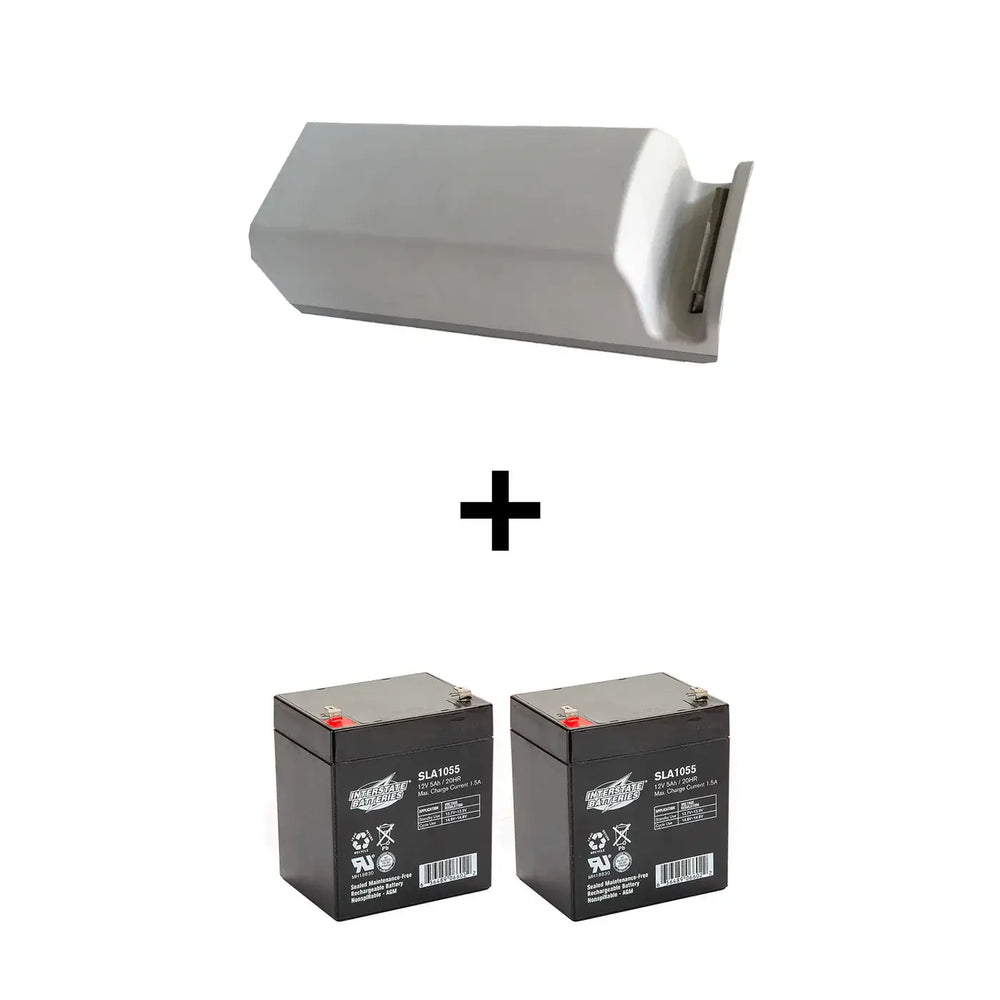








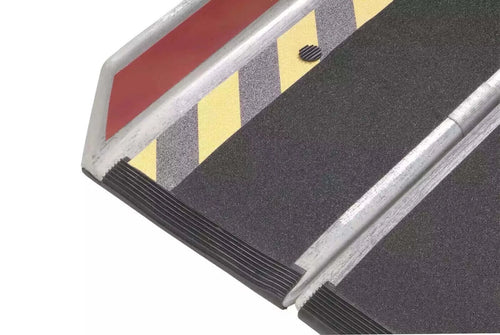

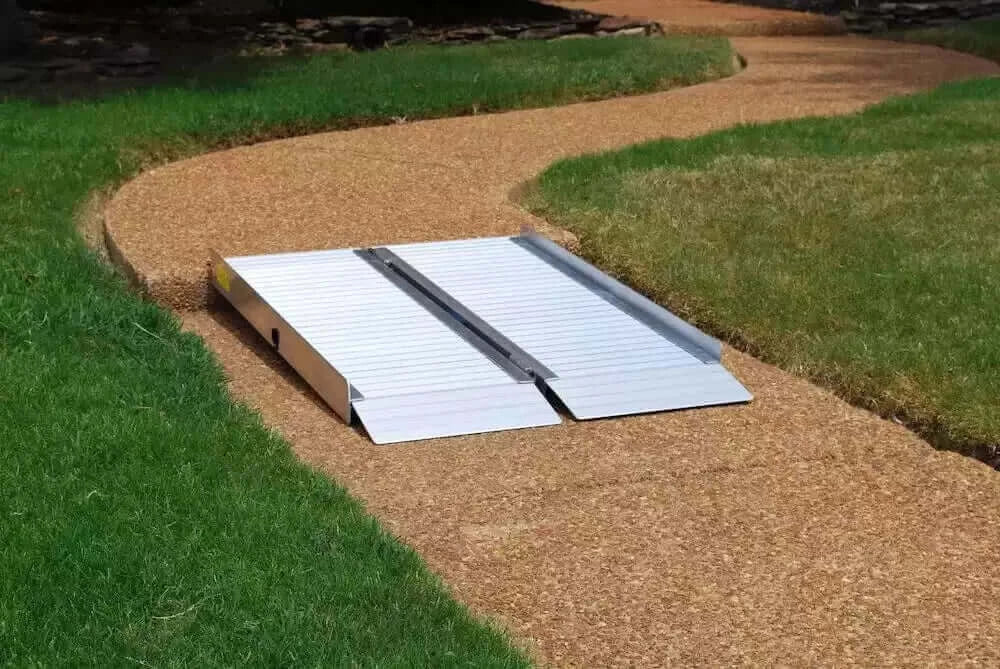
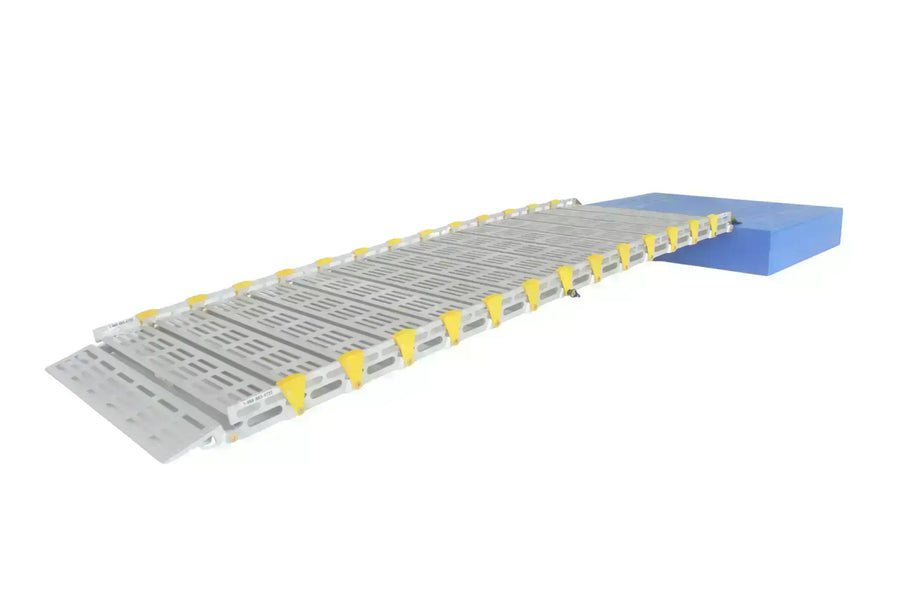

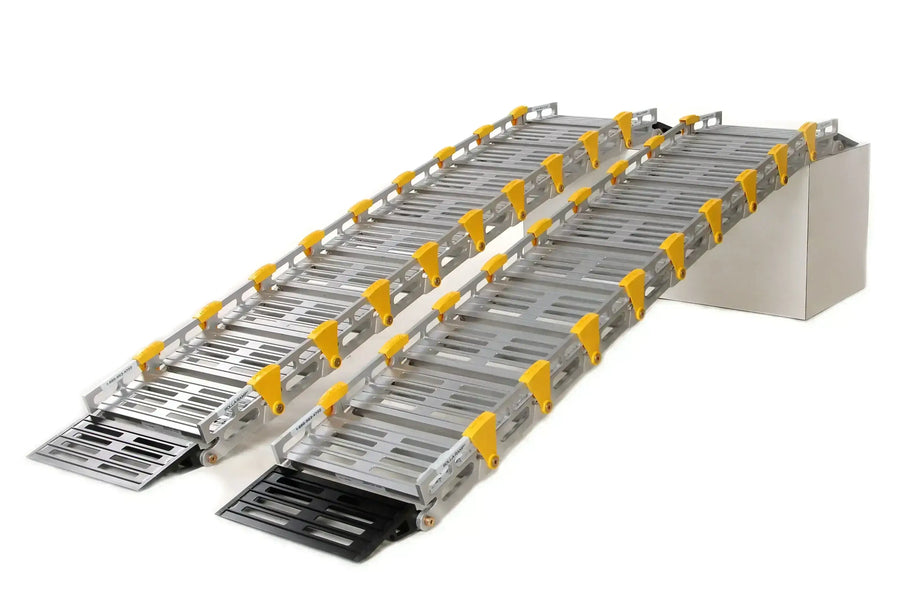


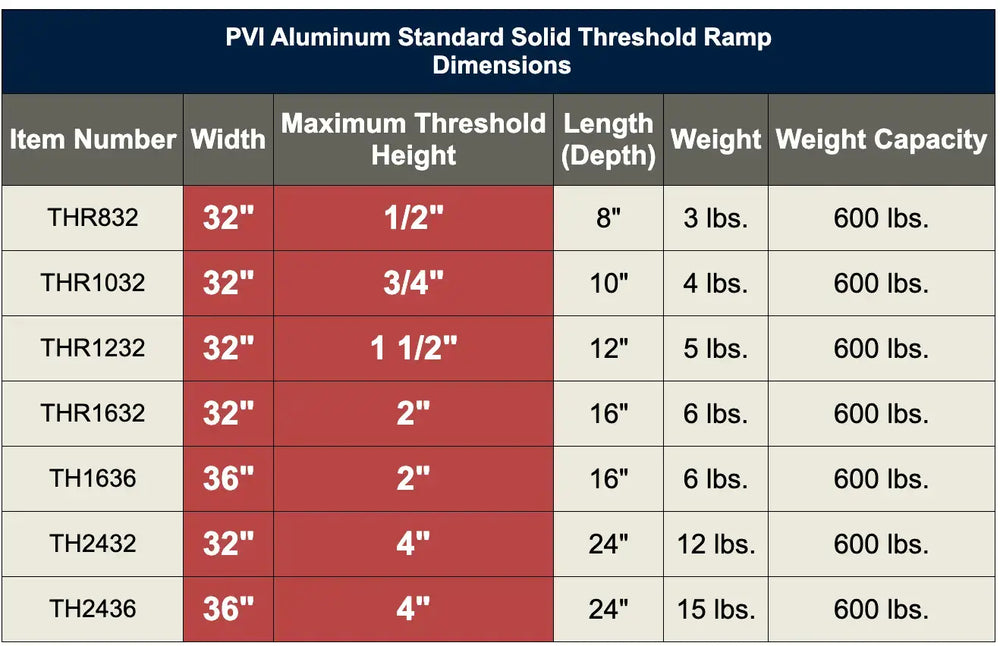
Leave a comment